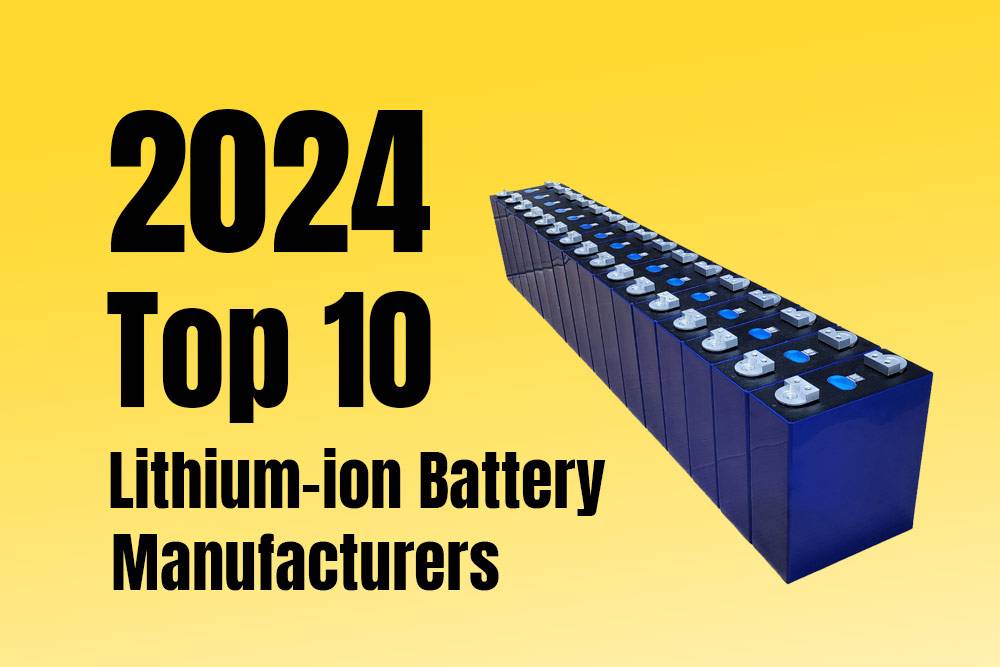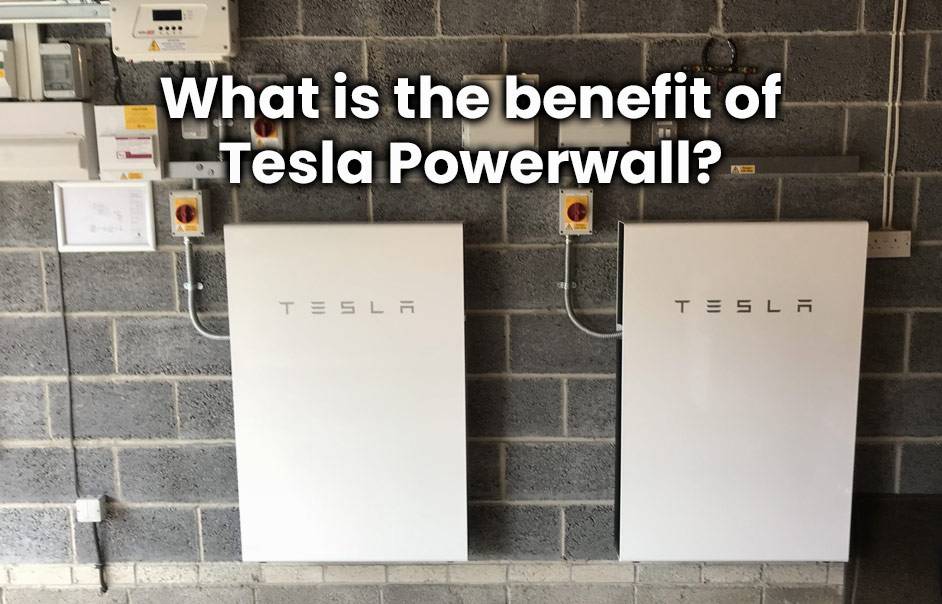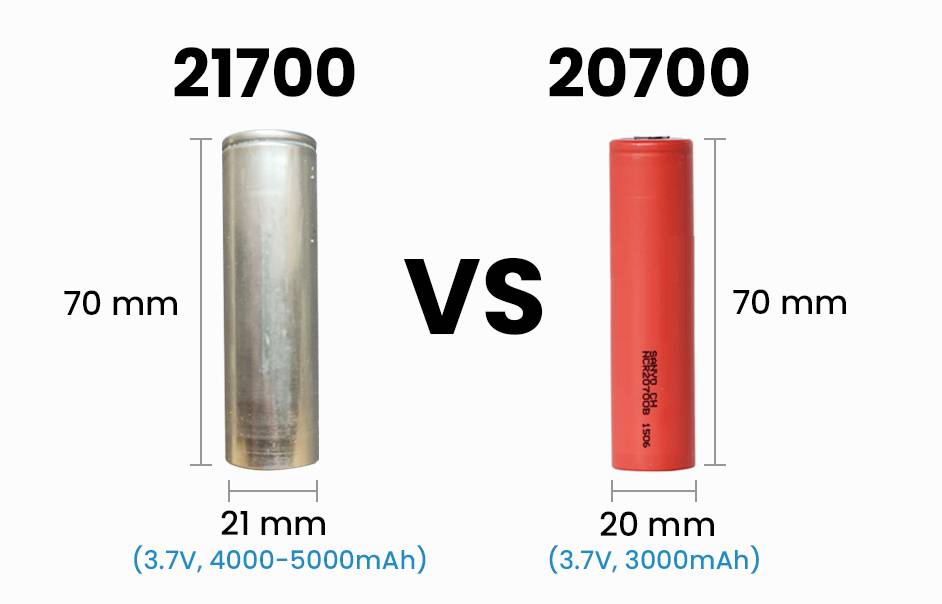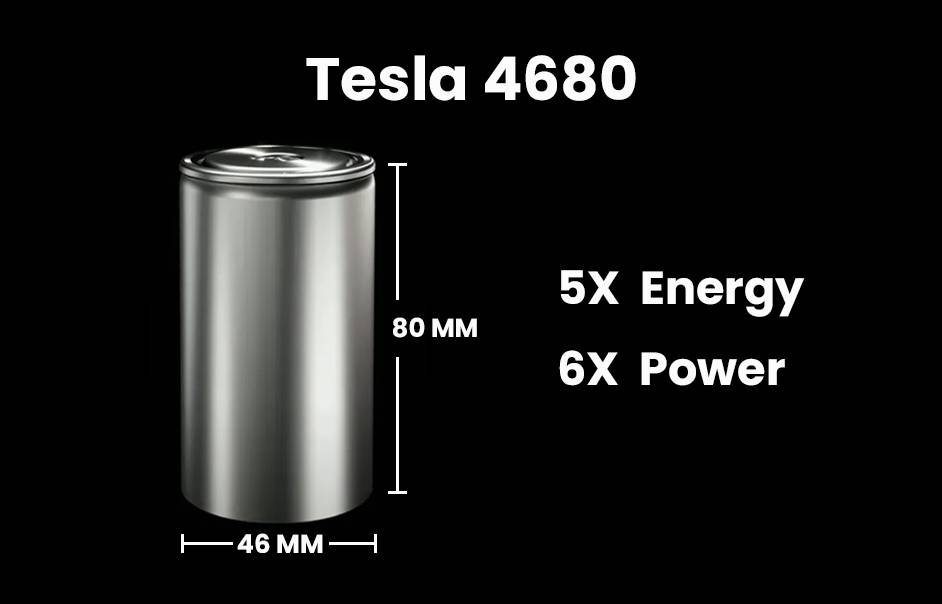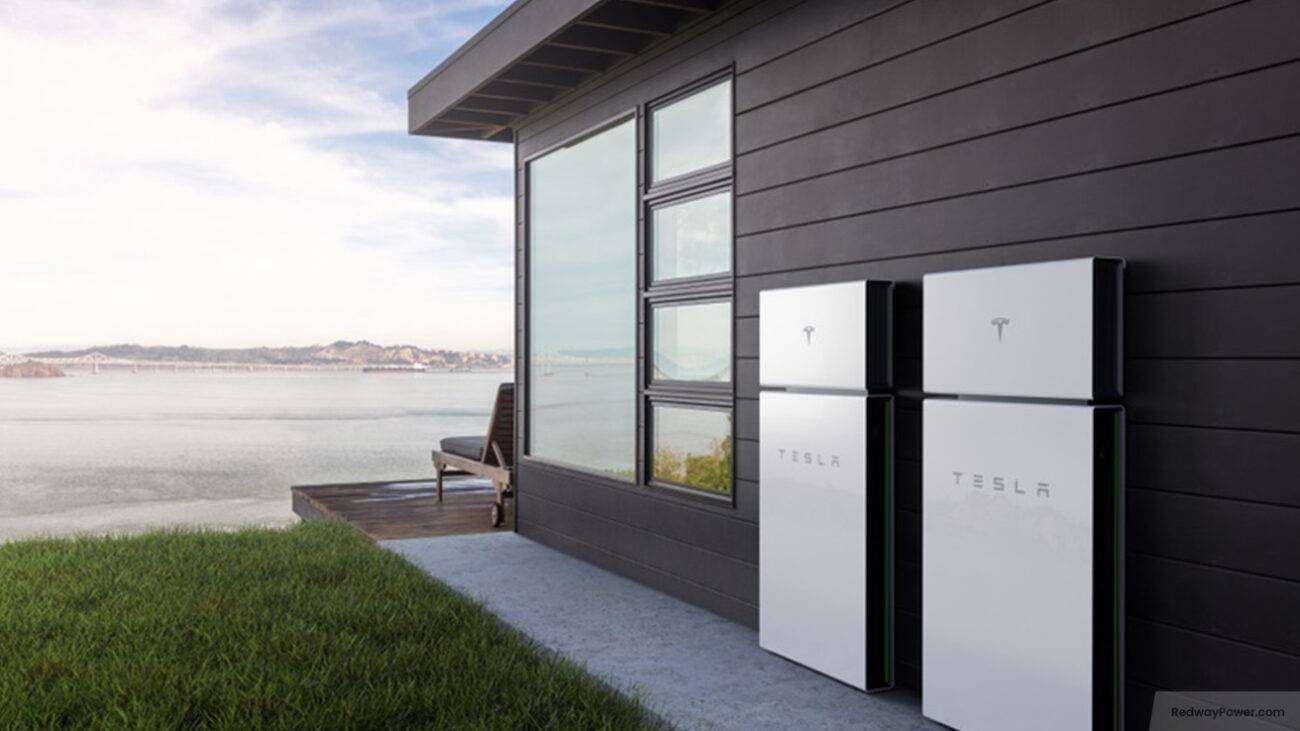- Forklift Lithium Battery
- Golf Cart Lithium Battery
- Rack-mounted Lithium Battery
51.2V 100Ah Rackmount LiFePO4 Battery
8000 times (80% DOD 0.5C)
Optional SNMP for TELECOM - Car Starter Battery
- 12V LiFePO4 Battery
12V 150Ah Lithium RV Battery
Bluetooth App | Self-heating
LiFePO4 | Group 31
UL 1642 | IEC 62619 - 24V LiFePO4 Battery
- 36V LiFePO4 Battery
- 48V LiFePO4 Battery
- 60V LiFePO4 Battery
60V 100Ah Lithium Battery (AGV, AMR, LGV)
Peak Discharge Current 400A
500 x 298 x 349 mm - 72V~96V LiFePO4 Battery
72V 100Ah Lithium Golf Cart Battery
Peak Discharge Current 315A (10S)
740 × 320 × 246 mm - Wall-mounted Lithium Battery
51.2V 100Ah 5kWh
Wall-mounted Battery532 x 425 x 170 mm / LiFePO4
>8000 Cycles (80% DOD 0.5C)
RS485 / CAN-bus
for Solar Home ESS - Home-ESS All-in-One
51.2V 32kWh
All-in-On HESS SystemPowerAll
51.2V / LiFePO4
>8000 Cycles (80% DOD 0.5C)
RS485 / CAN-bus / WiFi
All-in-One for Home ESS
How Do BYD and Tesla Motors Compare in EV Battery Technology?
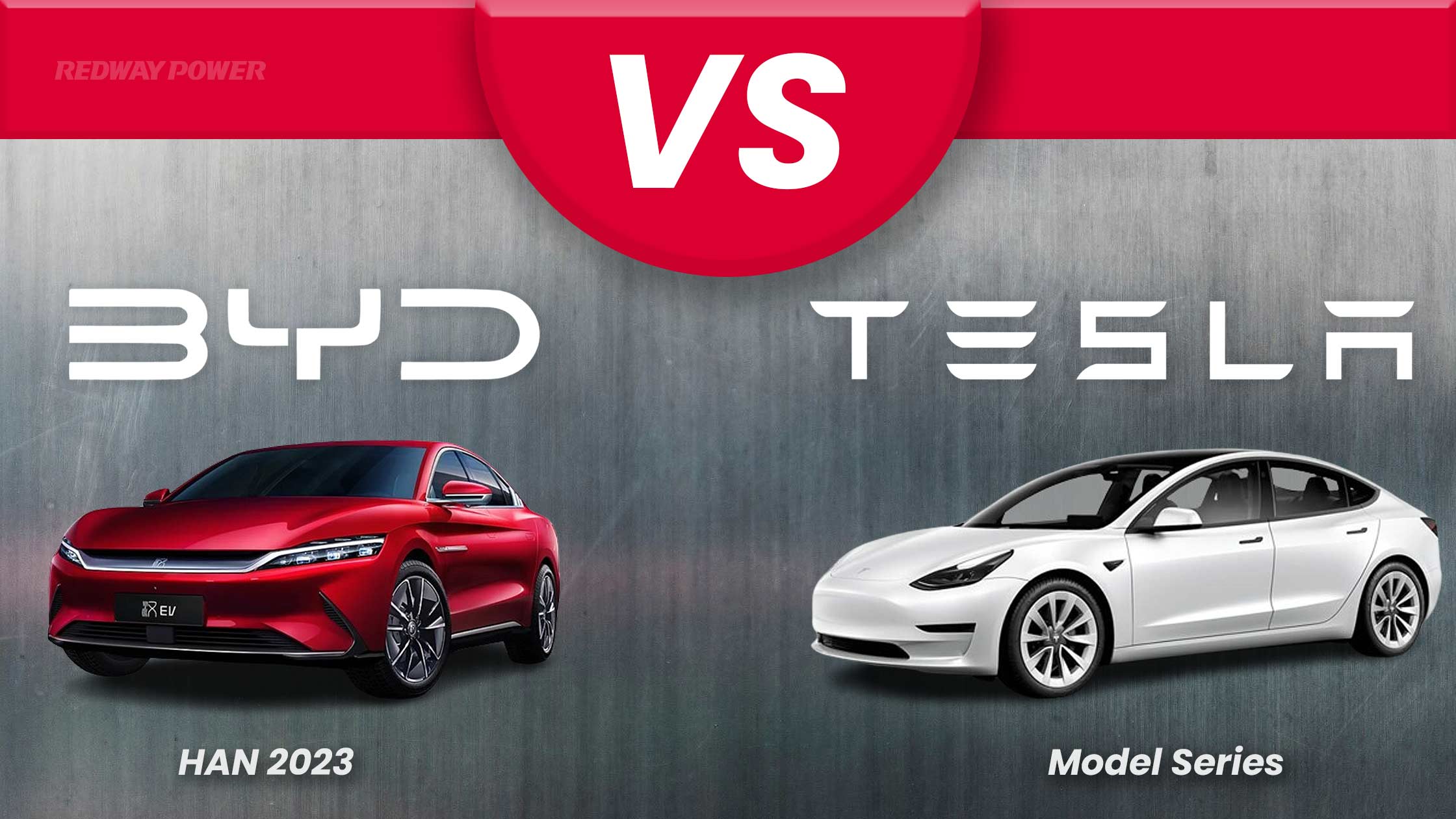
BYD and Tesla lead the EV industry with distinct battery technologies. BYD focuses on Blade LFP batteries, offering high safety, long life, and low cost. Tesla emphasizes high-energy NCA/NCM cells for maximum range and performance. Both innovate in thermal management, battery management systems, and fast charging, but they target different priorities: BYD prioritizes safety and affordability, Tesla prioritizes range and efficiency.
What are the key battery chemistries used by BYD and Tesla?
BYD primarily uses lithium iron phosphate (LFP) Blade batteries, which are thermally stable, cost-effective, and long-lasting. Tesla predominantly uses nickel-cobalt-aluminum (NCA) or nickel-cobalt-manganese (NCM) batteries, which offer higher energy density, supporting longer ranges and higher power outputs. Both chemistries balance safety, performance, and cost for EV applications, tailored to their market strategies.
Chart: Battery Chemistry Comparison
| Feature | BYD Blade LFP | Tesla NCA/NCM |
|---|---|---|
| Energy Density | Moderate | High |
| Cycle Life | 4000–5000 cycles | 2000–3000 cycles |
| Thermal Stability | Excellent | Moderate |
| Cost | Lower | Higher |
How do BYD and Tesla differ in energy density and range?
Tesla’s NCA/NCM batteries achieve higher energy density, allowing EVs to travel longer distances on a single charge. BYD’s LFP batteries have lower energy density but are safer and more durable. While Tesla focuses on maximum range and performance, BYD emphasizes reliability and cost-effectiveness, offering a balanced solution for city commuting and mass-market EV adoption.
What are the differences in safety and thermal management?
BYD Blade batteries are renowned for puncture resistance and low thermal runaway risk. Tesla employs advanced liquid cooling and thermal management to prevent overheating and optimize battery lifespan. BYD’s approach emphasizes intrinsic battery safety through chemistry and design, while Tesla combines chemistry with active thermal systems to maintain performance under high loads.
How do BYD and Tesla compare in charging speed and efficiency?
Tesla’s batteries support high-rate fast charging due to advanced cell design and BMS optimization. BYD LFP batteries charge more slowly but tolerate higher charge cycles without degradation. Efficiency-wise, Tesla prioritizes rapid top-ups for long trips, while BYD focuses on consistent performance and durability over repeated daily charging cycles.
What is the lifecycle and longevity comparison?
BYD Blade LFP batteries can reach 4,000–5,000 cycles, offering 10+ years of life for standard EV use. Tesla NCA/NCM batteries provide 2,000–3,000 cycles, optimized for high energy and range. While Tesla batteries may degrade faster under aggressive use, BYD ensures predictable performance and longer operational lifespan with minimal maintenance.
How does cost influence battery choice between BYD and Tesla?
BYD LFP batteries are cheaper due to abundant raw materials and simplified design, lowering EV purchase prices. Tesla’s NCA/NCM cells are costlier but provide superior range and performance, justifying a premium for long-distance and high-performance EVs. Cost considerations affect fleet operations, consumer adoption, and overall EV market penetration.
Redway Power Expert Views
“BYD and Tesla represent two divergent philosophies in EV batteries. BYD’s LFP technology emphasizes safety, durability, and affordability, ideal for mass-market adoption. Tesla focuses on maximizing energy density and performance, meeting premium EV expectations. Redway Power leverages insights from both strategies in developing lithium solutions, balancing cycle life, safety, and efficiency for industrial and EV applications.”
Conclusion
BYD and Tesla exemplify contrasting approaches to EV battery technology. BYD prioritizes safety, longevity, and cost efficiency with Blade LFP batteries, while Tesla maximizes energy density and range using NCA/NCM chemistry. Understanding their differences helps consumers and manufacturers make informed decisions, balancing performance, cost, and safety for diverse EV use cases.
FAQs
Q: Are BYD Blade batteries safe for extreme conditions?
A: Yes, Blade LFP batteries are highly resistant to thermal runaway and puncture, providing exceptional safety.
Q: Which battery offers longer EV range?
A: Tesla’s NCA/NCM batteries deliver higher energy density, supporting longer ranges per charge.
Q: Can BYD batteries fast-charge like Tesla?
A: LFP batteries support moderate fast charging but prioritize longevity over ultra-rapid top-ups.
Q: How long do Tesla batteries last compared to BYD?
A: Tesla batteries offer 2,000–3,000 cycles, whereas BYD Blade batteries can exceed 4,000–5,000 cycles.
Q: Does Redway Power supply batteries for EV applications?
A: Yes, Redway Power provides OEM lithium solutions for EVs, focusing on durability, safety, and performance.

















